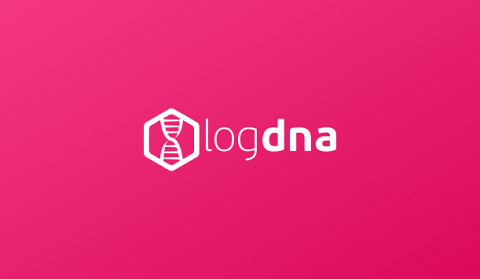A New Chapter
Today is an exciting day for LogDNA! I have two wonderful announcements to make. First, we’ve officially announced that LogDNA has closed a $25 million series C round led by Emergence Capital. Second, and most importantly, I’m thrilled to share that Tucker Callaway, LogDNA’s current President and Chief Revenue Officer, is transitioning into a new role as the company’s Chief Executive Officer (CEO).







